Vaginismus, a condition marked by involuntary muscle contractions around the vaginal opening, poses significant physical, emotional, and psychological challenges, affecting both quality of life and relationships.
Exercise emerges as a cornerstone in managing vaginismus. It fosters relaxation, refines muscle control, and alleviates tension in pelvic floor muscles. Incorporating tailored exercises into daily routines offers a path to symptom relief and enhanced well-being.
Embarking on the Exercise Journey
Evaluating Your Fitness Level
Gauging your current fitness level is imperative before embarking on any exercise regimen. This step allows customized workouts that match your abilities mitigating the risk of exacerbating vaginismus symptoms.
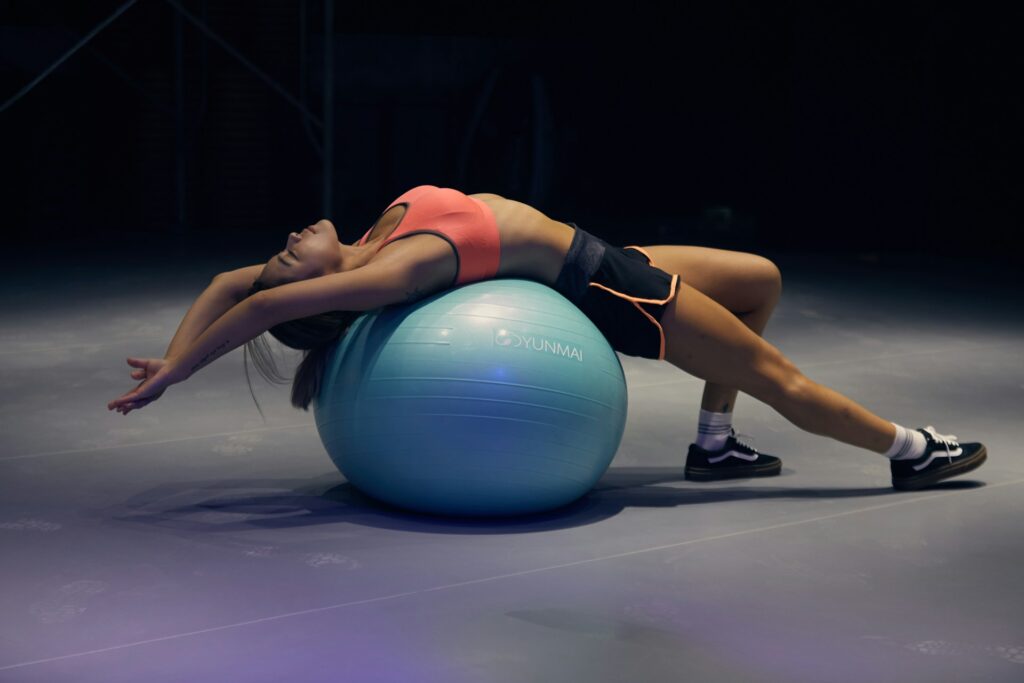
Establishing Realistic Exercise Goals
Setting achievable exercise objectives catalyzes sustained motivation and progress. Start with manageable goals, such as completing a set number of pelvic floor exercises daily and gradually amplifying intensity and duration as a confidence and strength burgeon.
Diverse Exercise Modalities for Vaginismus Management
Pelvic Floor Exercises
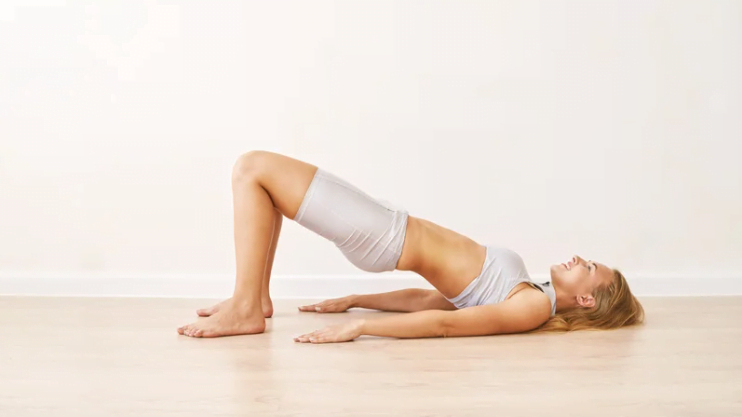
Delving into Kegels and Modified Kegels
Kegel exercises entail contracting and relaxing pelvic floor muscles to enhance tone and control. Meanwhile, Modified Kegels, like reverse Kegels, pivot towards relaxation rather than contraction, proving advantageous for individuals grappling with vaginismus.
Exploring Pelvic Floor Relaxation Techniques
In tandem with strength-building exercises, techniques like diaphragmatic breathing and progressive muscle relaxation offer respite from pelvic floor muscle tension, fostering relaxation and pain mitigation.
Stretching Exercises
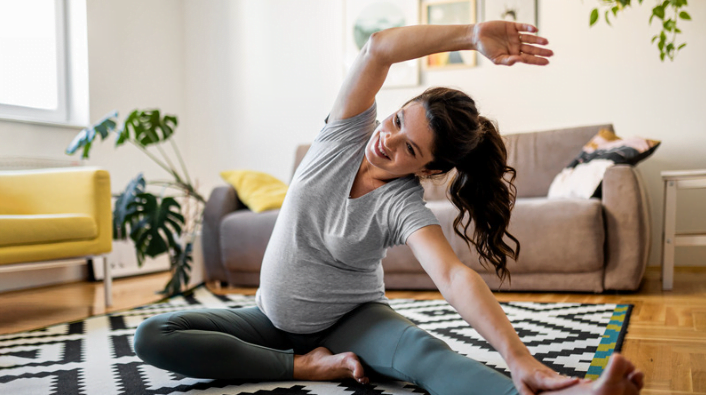
Navigating Hip Flexor Stretches
It is paramount to address tight hip flexor muscles, notorious contributors to pelvic floor dysfunction and vaginismus exacerbation. Incorporating hip flexor stretches bolsters flexibility and curtails pelvic region muscle tension.
Embracing Pelvic Floor Stretches
Tailored stretching routines targeting pelvic floor muscles assuage tightness and discomfort linked with vaginismus. Gentle stretches like the butterfly pose and child’s pose facilitate tension release and relaxation promotion.
Aerobic Exercises
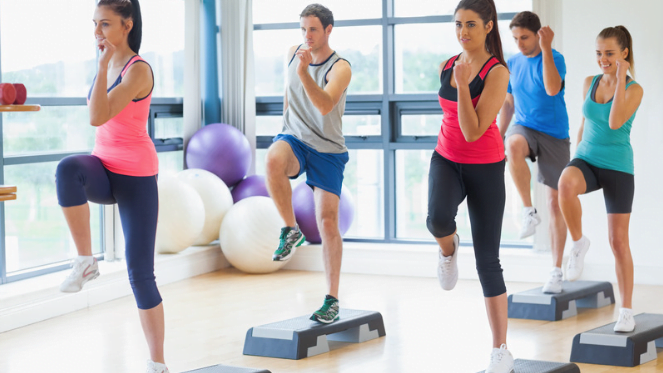
Pioneering Low-Impact Aerobics
Opting for low-impact aerobic pursuits, such as brisk walking, emerges as a prudent choice for individuals contending with vaginismus. These exercises bolster cardiovascular health sans undue pressure on pelvic floor muscles.
Venturing into the Aquatic Realm
Swimming surfaces as another low-impact avenue catering to vaginismus-afflicted individuals. Buoyancy in water alleviates pelvic floor pressure, facilitating pain-free movement and whole-body workout engagement.
Exploring the Cycling Domain
Whether pedaling outdoors or stationary, cycling is a potent lower-body strengthener that minimizes pelvic floor strain. Gradually scaling duration and intensity amplifies fitness gains.
Guiding Principles for Safe and Effective Exercise
Embracing Body Awareness: Understanding Limits
It is pivotal to attune to bodily cues and promptly heed discomfort signals during workouts. Should pain or discomfort arise, pause, recalibrate, or seek professional guidance to avert a worsening of vaginismus symptoms.
Fusing Relaxation Techniques

Integrating relaxation practices like deep breathing and mindfulness fosters stress alleviation and pain mitigation during and post-exercise, nurturing holistic well-being.
Sustaining Exercise Regimen Consistency
Consistency emerges as the linchpin of exercise adherence and vaginismus management. Endeavor to infuse exercise seamlessly into daily routines, incrementally fortifying strength and resilience.
Confronting Exercise Obstacles
Navigating Pain and Discomfort

Debilitating pain and discomfort during exercise are common vaginismus hurdles. Commence cautiously, opting for low-impact activities, and leverage professional guidance if persistent symptoms surface.
Addressing Fear and Anxiety
Fear and anxiety may cast shadows over exercise endeavors for individuals grappling with vaginismus. Unraveling underlying fears and honing coping mechanisms like deep breathing or professional support can pave the way for enhanced exercise engagement.
Seeking Motivation and Community
Cultivating exercise motivation amidst vaginismus challenges is an uphill climb. Rallying supportive networks and accessing online communities or support groups offer camaraderie and encouragement along the journey.
Advanced Exercise Strategies
Elevating Exercise Intensity

Gradual progression of exercise routines by heightening intensity, duration, or frequency heralds enhanced fitness dividends. Embrace novel exercises or variations to perpetuate momentum and goal attainment.
Integrating Resistance Training
The incorporation of resistance training fortifies pelvic floor muscles and augments overall muscle tone and control. Embark on this journey with lightweight or resistance bands, incrementally escalating resistance as strength burgeons.
Exploring Mind-Body Nexus Exercises
Mind-body exercises like yoga or tai chi underpin heightened body awareness, posture refinement, and relaxation induction, which resonate profoundly with vaginismus management objectives.
Lifestyle Considerations for Vaginismus Management
Nourishment and Hydration Insights
Optimal nutrition comprising fruits, vegetables, lean proteins, and whole grains fosters holistic health, including pelvic floor wellness. Adequate hydration complements muscle function and inflammation mitigation.
Harnessing Stress Management Tools
Incorporating stress-reduction strategies into daily regimens is pivotal, given stress’s potential to exacerbate vaginismus symptoms. Engage in relaxation practices like
deep breathing, meditation, or progressive muscle relaxation to quell stress and foster relaxation.

Prioritizing Sleep Hygiene
Safeguarding sufficient, quality sleep is indispensable for overall health, encompassing pelvic floor wellness. Enact good sleep hygiene practices by establishing consistent sleep schedules, cultivating calming bedtime rituals, and optimizing sleep environments for restorative rest.
Monitoring Progress and Adaptations
Tracking Exercise Endeavors
Maintaining exercise performance records via journals or fitness apps is instrumental in gauging progress and staying motivated. Tracking workout type, duration, and intensity empowers individuals to fine-tune routines and ascertain areas ripe for improvement.

Reevaluating Goals and Strategies
Periodic reassessment of exercise objectives and strategies ensures alignment with evolving needs and capabilities. Embrace adaptability and be open to routine adjustments based on progress or condition alterations.
Nurturing Professional Support
Consulting with Pelvic Floor Specialists
For those grappling with vaginismus management challenges, consulting with physical therapists versed in pelvic floor dysfunction is advisable. These specialists can conduct comprehensive assessments and devise tailored exercise regimens to address specific needs and goals.

Partnering with Accredited Personal Trainers
Engaging certified personal trainers adept in pelvic floor concerns can furnish invaluable guidance and encouragement. These professionals facilitate the safe and effective integration of exercise into routines, optimizing workouts while mitigating injury risks.
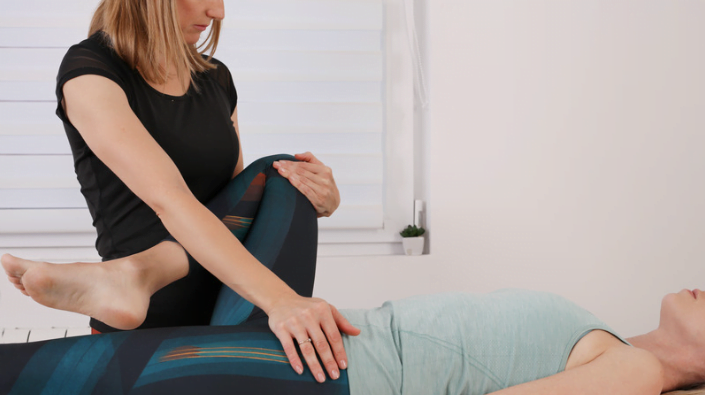
In Conclusion
Exercise emerges as a beacon of empowerment in vaginismus management, offering avenues for symptom alleviation and enhanced quality of life. By upholding consistency and resilience, individuals can navigate the vaginismus journey with determination and grace. Remember, each step towards holistic wellness is a triumph, underscoring the transformative potential of exercise in reclaiming agency and vitality.
As the sun sets each day, may the promise of a brighter tomorrow beckon, infused with the unwavering resolve to conquer vaginismus and embrace the gift of well-being.










